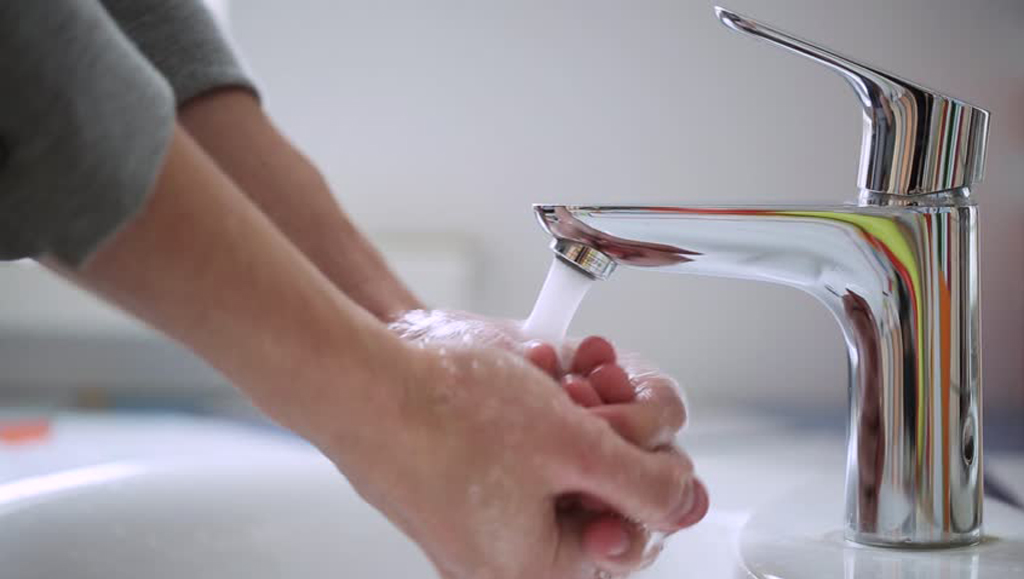I strongly disagree with your editing of the hand hygiene article and your assertion that the article on hand hygiene be redirected to hand washing. It should be the other way around. Hand washing should be rediredted to hand hygiene. Washing your hands is one way to obtain hand hygiene. Hand hygiene includes hand washing and the use of other procedures to obtain good hand hygiene. I am reinstating the orginal revised article and would appreciate it if you did no further editing to the article until it is discussed on the hand hygiene talk page.
Personal hand washing To maintain good hygiene, hands should always be washed after using the toilet, changing a diaper, tending to someone who is sick, or handling raw meat, fish, or poultry. Hands should also be washed before eating, handling or cooking food. Conventionally, the use of soap and warm running water and the washing of all surfaces thoroughly, including under fingernails is seen as necessary. One should rub wet, soapy hands together outside the stream of running water for at least 20 seconds, before rinsing thoroughly and then drying with a clean or disposable towel. After drying, a dry paper towel should be used to turn off the water (and open the exit door if one is in a restroom or other separate room). Moisturizing lotion is often recommended to keep the hands from drying out, should one’s hands require washing more than a few times per day.
Many people equate hygiene with ‘cleanliness,’ but hygiene is a broad term. It includes such personal habit choices as how frequently to take a shower or bathe, wash hands, trim fingernails, and change and wash clothes. It also includes attention to keeping surfaces in the home and workplace, including bathroom facilities, clean and pathogen-free.
Some regular hygiene practices may be considered good habits by a society, while the neglect of hygiene can be considered disgusting, disrespectful, or threatening.
